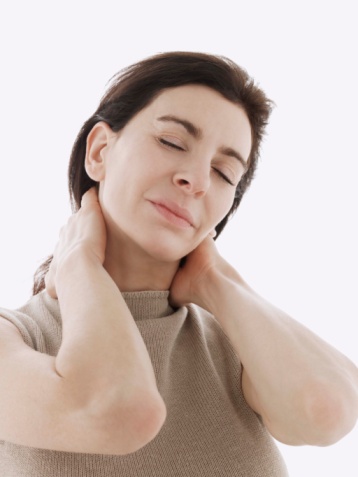
Types of Pain
From simple muscle aches and pain from a sports injury to arthritis, fibromyalgia, as well as stubborn neck and back pain…there are many reason people can experience sleep problems. When it is just a night or two of pain it is easier to cope, but when you have several nights or even weeks of sleeplessness it becomes unbearable. Those who suffer from chronic pain and sleep problems tend to also experience more health issues.
According to a report published in the Journal Sleep, researchers at West Virginia University of Medicine have linked sleep problems with an increase in heart disease. In 2011 a study at the University of Chicago and Northwestern University showed that people with type 2 diabetes tend to have a higher fasting glucose level if they sleep poorly at night. Perhaps even more startling is a report out of Japan’s Tokoku University. Researchers there say they have linked sleep problems with a 62 per cent higher risk of breast cancer in women ages 40 to 79. They studied over 24 thousand women who generally slept less than 6 hours per night.
How to Fight Insomnia
Harvard Medical School staff says that when it comes to sleep what matters most is how well you rest, not how long. Still they do contend that middle-aged people function best on 6 to 9 hours of sleep. Here are some general tips for those who have had trouble sleeping due to pain.
- Don’t nap during the day
- Eat properly, avoid caffeine and avoid alcohol after dinner
- Go to bed only when you are tired
- Maintain a regular wake time regardless of the amount of sleep that night
- If you are unable to sleep, get out of bed and return only when you feel tired again
- Exercise regularly
Back Pain and Sleep Problems
The National Sleep Foundation reports that at least 15 per cent of the population has sleep problems. Many of these sufferers experience back pain and just can’t seem to find relief. In many cases doctors say the way we sleep is what causes the back pain in the first place. For example, one of the most common sleeping positions is on our sides. Our legs and hips are aligned. This means our upper leg is not supported and the top knee and thigh slide forward and rest on the mattress. As a result, the lower spine rotates causing pain. To avoid this problem, simply place a pillow between your knees and thighs.
RELATED READING: What to Do When Pain Keeps You Awake.
If you experience lower back pain, you might want to try placing a pillow or a rolled up towel under your knees and sleeping on your back. This will maintain the natural curve in your back and ease the pressure where the pain occurs.
Some people say they can only sleep lying on their stomachs, but if they start to have back pain it becomes almost impossible to get a good night’s rest. If this sounds familiar, you can try putting a pillow under your lower pelvis and abdomen. You can also place a pillow under your head; as if you are hugging it, but only if it doesn’t feel like it is straining your back.
Sleep is important and if you aren’t able to get a good night’s sleep due to pain, you should address it before it causes more problems.